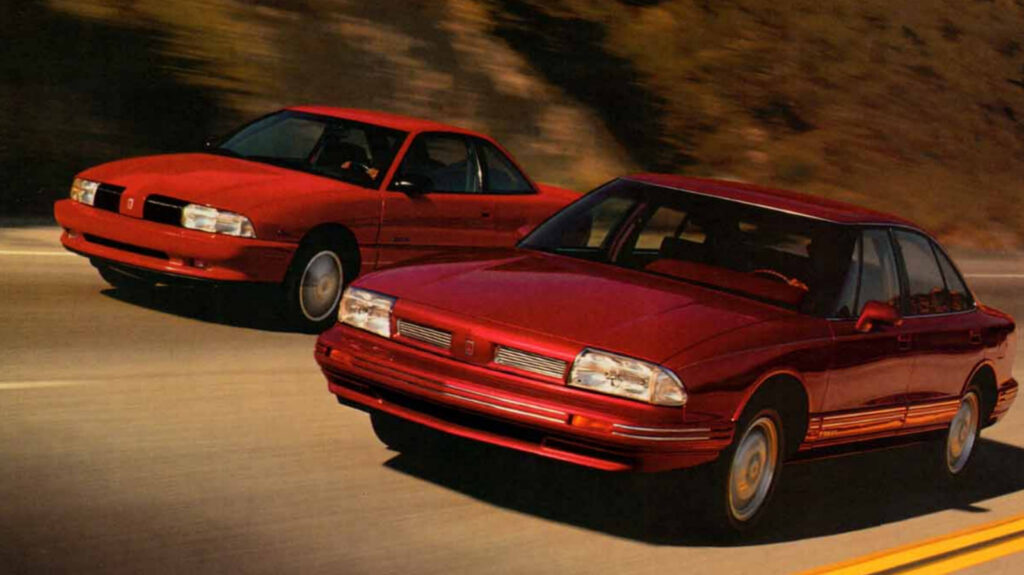
The decline of the Oldsmobile brand can be traced back to a series of miscalculations in marketing and consumer perception, particularly highlighted by the infamous “Not Your Father’s Oldsmobile” campaign. Launched in 1988 by General Motors (GM), this initiative aimed to rejuvenate the brand’s image and attract younger buyers. However, the effort ultimately failed to resonate with its intended audience, contributing to the brand’s eventual demise.
Following the oil crises of the 1970s, American automakers faced significant challenges that forced them to rethink their strategies. Oldsmobile, once a leader in the automotive market, became associated with vehicles perceived as suitable only for older drivers. The brand’s image suffered as it struggled to innovate, often resorting to questionable decisions, such as the unsuccessful attempt to use a diesel engine in its Cutlass model.
By the 1980s, Oldsmobile’s identity had become synonymous with bland, uninspiring automobiles. The company was caught in a cycle where its primary demographic was aging, while its appeal to younger consumers dwindled. In an attempt to reverse this trend, GM introduced the “Not Your Father’s Oldsmobile” campaign, which aimed to redefine the brand for a new generation.
The campaign featured a series of commercials, including one where actor Peter Graves from “Mission Impossible” showcased the Oldsmobile Cutlass. As the advertisement progressed, it revealed that Graves’ daughter, Amanda Graves, was behind the wheel, reinforcing the idea that these vehicles were designed for a younger audience. Despite the creative effort, the campaign fell flat, as it failed to connect with both younger viewers and the existing customer base.
Oldsmobile’s approach, characterized by self-deprecating humor and a reliance on past celebrities, alienated potential buyers. As the message proclaimed that these cars were not for older generations, it inadvertently reinforced the brand’s aging image. This paradox, similar to how former President Richard Nixon‘s denial of wrongdoing only amplified scrutiny, hindered Oldsmobile’s ability to attract new customers.
Sales figures reflect this struggle. Throughout the 1980s, Oldsmobile regularly sold between 800,000 and 1 million units annually. However, following the campaign’s launch, sales plummeted. After 1990, the brand never managed to exceed 500,000 units in a single year, despite various marketing attempts to recover lost ground.
The culmination of these issues led to the closure of Oldsmobile. The final vehicle produced, the Alero, rolled off the assembly line on April 29, 2004, marking the end of a brand with over a century of history. Oldsmobile’s trajectory serves as a cautionary tale for businesses: alienating core customers in pursuit of new markets can lead to irreparable damage.
Reflecting on Oldsmobile’s legacy reveals a proud history filled with innovation and significant contributions to the automotive industry. The brand’s decline is a stark reminder that effective marketing and genuine connection with consumers are paramount for survival in a competitive marketplace.






